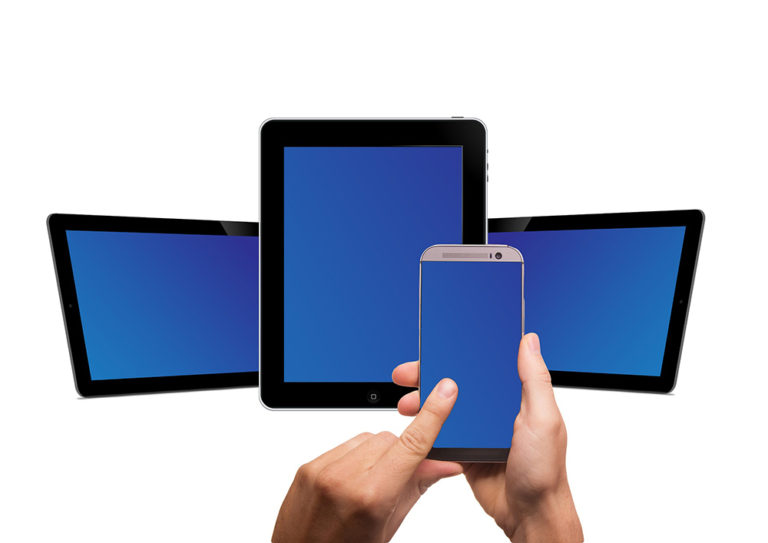
Editor’s note: The following is an excerpt from The Journal of the American Medical Association. It exemplifies the need for applications such as CardioVisual.
Massive problems require pragmatic, scalable, and evidence-based solutions. Cardiovascular disease (CVD), the world’s leading cause of death, is the epitome of such a problem in need of such a solution. The World Health Organization and American Heart Association have both set goals of reducing CVD mortality 25% by 2025. Achieving the requisite success in CVD prevention, however, will be challenging and will require approaches and tools that (1) have proven clinical benefit, (2) can be scaled to reach a global population, and (3) are affordable. Mobile technologies provide a potentially scalable and cost-effective platform to facilitate these needs. In 2014, there were more than 5 billion mobile phone users worldwide, representing approximately 3 of 4 adults on earth. Mobile phones have already had a profound influence on human connectivity, commerce, media, and finance. Although health care has been somewhat slow to incorporate mobile technology, the potential effect of digital medical tools is similarly huge. What is still needed, however, is evidence that mobile technologies can indeed facilitate improvements in health.